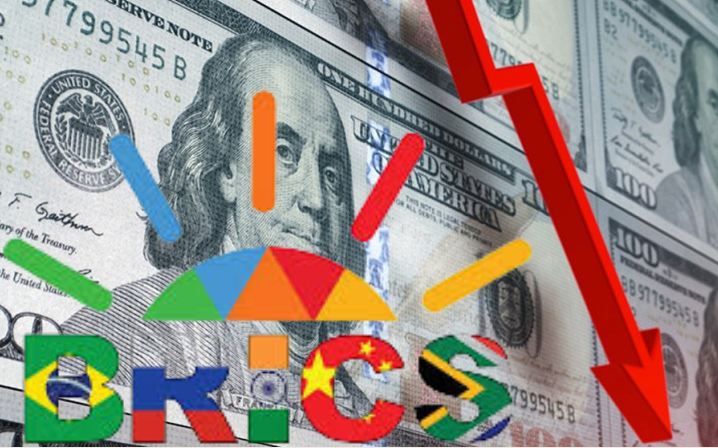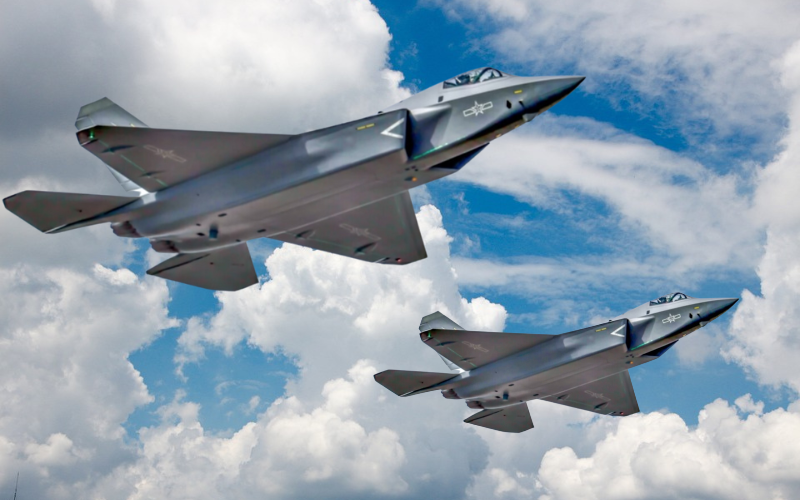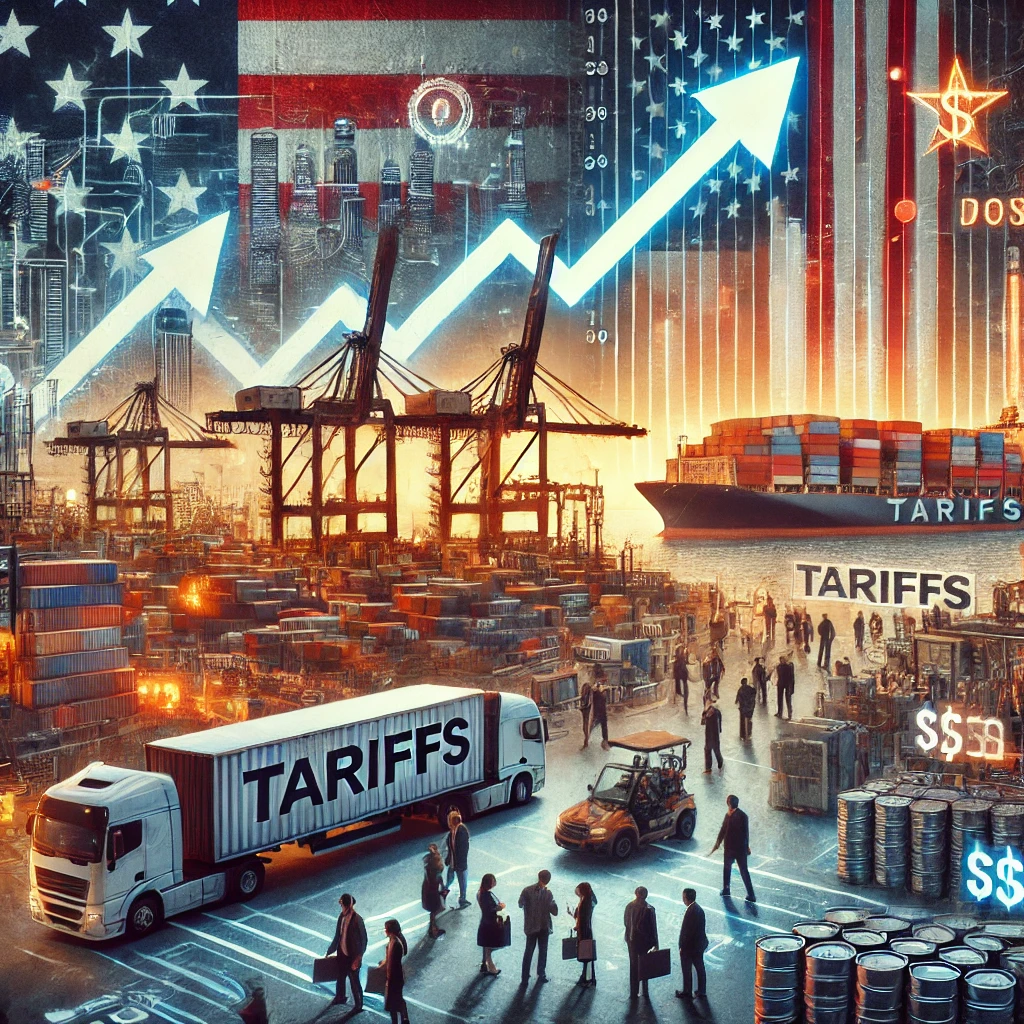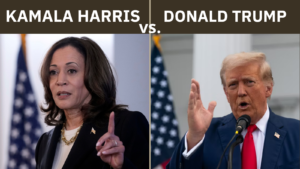The BRICS Challenge: Can They Rival the Dominance of the US Dollar?
In a rapidly evolving geopolitical landscape, the question of whether BRICS countries—Brazil, Russia, India, China, and South Africa—can challenge the dominance of the US dollar has become increasingly pertinent. Despite the ambitions of Russian President Vladimir Putin and his BRICS partners, experts like Josh Lipsky, Senior Director of the Atlantic Council’s Geoeconomic Center, remain skeptical. During the IMF World Bank Group Annual Meeting, Lipsky discussed the hurdles BRICS faces in their quest to reshape global finance.
The Vision of BRICS
At the forefront of this initiative is Russia’s Vladimir Putin, who sees BRICS as a platform to diminish the dominance of the US dollar. However, the path towards ending the dollar’s supremacy is fraught with challenges. While Putin and his allies aim to create alternatives, the reality of achieving a unified BRICS currency remains distant. The focus, instead, is on developing alternative payment systems, a concept with potential but laden with complexities.
The Reality of Alternative Payment Systems
A significant distinction must be made between creating a unified BRICS currency and developing alternative payment systems. The latter, according to Lipsky, is more feasible. BRICS countries are already exploring bilateral channels to exchange currencies like rubles and yuan without resorting to the US dollar. This shift towards alternative payment mechanisms is notable, yet far from posing a serious threat to the dollar’s dominance.
Divergent Goals within BRICS
A critical challenge facing BRICS is the lack of a unified vision. While there is consensus on reducing reliance on the US dollar, there is no agreement on what should replace it. Each country within BRICS has different priorities and economic strategies. For instance, India, a US partner in many respects, has little interest in a unified BRICS currency. India values its bilateral relationship with the US and participates in the Quad, a strategic security dialogue. This geopolitical alignment makes India’s stance towards the US dollar significantly different from that of Russia or China.
The Role of China and Its Financial Innovations
China, however, is making strides in developing its financial infrastructure. Systems like the Cross-Border Interbank Payment System (CIPS) and the Multiple CBDC (mCBDC) Bridge project, which involves the People’s Bank of China along with banks from Hong Kong, Thailand, UAE, and Saudi Arabia, represent efforts to create alternatives to traditional US dollar-dominated systems like SWIFT. Although these initiatives are in their nascent stages and handle relatively low transaction volumes, they symbolize China’s ambition to carve out a more significant role in global finance.
The Importance of Liquidity and Rule of Law
One of the most substantial hurdles for any currency challenging the US dollar is liquidity. The dollar’s availability and the trust in the US legal system play pivotal roles in its dominance. Other currencies, including the Chinese yuan, face significant barriers such as capital controls and lack of widespread acceptance. The US dollar’s role as a stable and reliable global reserve currency is reinforced by the rule of law in the United States and its robust fiscal systems.
The Impact of US Sanctions
A driving force behind the search for alternatives to the US dollar is the increasing use of sanctions by the US. Countries like Russia and China view the dollar’s dominance as a potential weapon that could be used against them in geopolitical conflicts. This concern has spurred efforts to develop systems that can bypass the US financial network, thereby reducing vulnerability to US sanctions.
The Global Perspective on the Dollar’s Dominance
Despite the ambitions of BRICS, the global consensus still largely supports the US dollar. At the IMF World Bank Annual Meetings, many countries continue to prefer the stability that the dollar provides. The dollar’s dominance is seen as beneficial for the global economy, offering liquidity and stability that few other currencies can match. While there is interest in diversifying away from the dollar, the alternatives are not yet viable enough to replace it.
Preparing for the Future
As the global financial community looks towards the future, the role of multilateral institutions like the IMF and the World Bank remains critical. These institutions, founded to promote international economic cooperation, face the challenge of adapting to a multipolar world where countries are actively seeking alternatives to the US dollar. For the US, the focus should be on strengthening its financial systems and modernizing mechanisms like SWIFT to maintain its economic leadership.

In conclusion, while BRICS countries have ambitions to challenge the dominance of the US dollar, the reality is that achieving this goal is complex and fraught with obstacles. The development of alternative payment systems represents a step in this direction, but the dollar’s entrenched position as the global reserve currency remains largely unchallenged. The future will require careful navigation of geopolitical interests and the strengthening of multilateral institutions to ensure global economic stability.
FAQs
What are BRICS countries?
BRICS is an acronym for Brazil, Russia, India, China, and South Africa. These countries have formed an economic alliance aimed at enhancing their cooperation and influence on global economic policies.
Why do BRICS countries want to challenge the US dollar?
BRICS countries aim to reduce their reliance on the US dollar to gain more financial independence and reduce vulnerability to US sanctions. They are exploring alternative payment systems and bilateral currency exchanges to achieve this goal.
Can BRICS create a unified currency?
Creating a unified BRICS currency is highly unlikely due to the differing economic policies and priorities of the member countries. Instead, they are focusing on developing alternative payment systems to facilitate trade without using the US dollar.
What are alternative payment systems?
Alternative payment systems refer to financial mechanisms that allow countries to conduct transactions without using the US dollar. Examples include China’s CIPS and the mCBDC Bridge project.
How does the US dollar maintain its dominance?
The US dollar maintains its dominance due to its widespread availability, trust in the US legal system, and stability of US fiscal policies. These factors make it a preferred global reserve currency.
What role do US sanctions play in the BRICS strategy?
US sanctions have motivated BRICS countries to seek alternatives to the US dollar. They view the dollar’s dominance as a potential threat that could be used against them in geopolitical conflicts.
Are there any viable alternatives to the US dollar?
Currently, there are no viable alternatives to the US dollar that can match its liquidity, global acceptance, and stability. However, countries like China are developing systems that could serve as partial alternatives in the future.
How should the US respond to the BRICS challenge?
The US should focus on strengthening and modernizing its financial systems, such as SWIFT, and reinforcing the rule of law and fiscal stability. By doing so, it can maintain its economic leadership and the global dominance of the US dollar.
What is the significance of the IMF and World Bank in this context?
The IMF and World Bank play crucial roles in promoting international economic cooperation and stability. Their continued relevance depends on their ability to adapt to a multipolar world where countries are seeking alternatives to the US dollar.
How does the geopolitical landscape influence the BRICS strategy?
The geopolitical landscape significantly influences the BRICS strategy as countries like India balance their relationships with both the US and BRICS. Differing geopolitical priorities among BRICS members affect their approach to challenging the US dollar.














2 comments